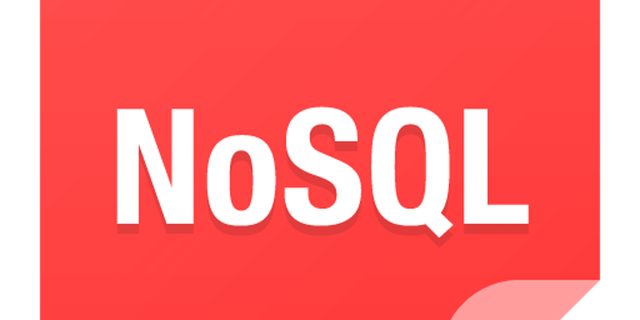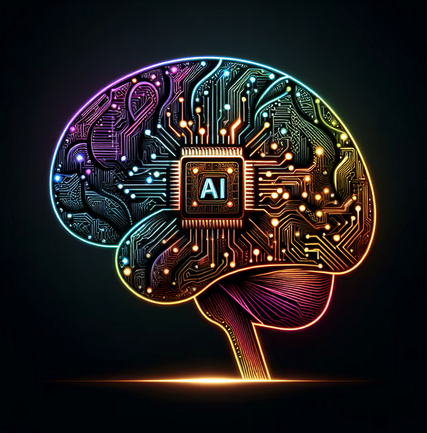
Overview of NoSQL Databases in the Market, Their Use Cases, and Real-World Examples
NoSQL databases are categorized based on the type of data models they support, such as document, key-value, column-family, graph, and others. Below is an overview of the primary NoSQL databases, their typical use cases, real-world examples, and links to their official websites for further exploration.
1. Document Stores
Document databases store data in document formats like JSON or BSON, making them suitable for handling semi-structured or unstructured data. These databases offer flexibility in data modeling and are often used in web applications and content management systems.
- MongoDB
- Couchbase
- Website: Couchbase
- Use Case: Used for both operational and analytical workloads, with strong support for full-text search and in-memory data processing.
- Real-World Example: Amadeus (a travel technology company) uses Couchbase for handling high-velocity user data and providing fast access to booking information.
- Amazon DocumentDB
- Website: Amazon DocumentDB
- Use Case: A fully managed document database service that is MongoDB-compatible, optimized for scalability and availability in AWS.
- Real-World Example: Companies use it for applications that need low-latency read and write operations with automatic scaling, such as event tracking systems.
2. Key-Value Stores
Key-value databases store data as key-value pairs, making them extremely fast and simple. They are commonly used for caching, session management, and storing configuration settings.
- Redis
- Amazon DynamoDB
- Website: Amazon DynamoDB
- Use Case: Highly scalable and managed key-value store that is ideal for handling millions of requests per second.
- Real-World Example: Airbnb uses DynamoDB to manage customer reservations and catalog information, benefiting from the database’s low-latency and high availability.
- Riak KV
- Website: Riak KV
- Use Case: Distributed, scalable key-value store for managing large-scale, highly available data applications.
- Real-World Example: Riak KV has been used by The Weather Channel for managing large volumes of weather data and ensuring data availability during high-traffic events.
3. Column Family Stores
Column family stores organize data into rows and columns but group columns into families, which allows for efficient storage and retrieval of sparse data.
- Apache Cassandra
- Website: Apache Cassandra
- Use Case: Suitable for high availability and scalability in large-scale, distributed applications, with strong support for time-series data.
- Real-World Example: Netflix uses Cassandra for handling user viewing history, recommendations, and other user-centric data, leveraging its high write throughput and fault tolerance.
- HBase
- ScyllaDB
4. Graph Databases
Graph databases use nodes and edges to represent entities and their relationships. They are highly optimized for querying and traversing complex relationships.
- Neo4j
- Amazon Neptune
- Website: Amazon Neptune
- Use Case: A managed graph database supporting property graph and RDF graph models, used for highly connected data.
- Real-World Example: Amazon Neptune is used for building knowledge graphs, recommendation engines, and network security systems.
- JanusGraph
- Website: JanusGraph
- Use Case: Distributed and scalable graph database designed for handling large-scale graph applications.
- Real-World Example: IBM uses JanusGraph to support graph-based analytics for supply chain management and fraud detection.
5. Time-Series Databases
Time-series databases are designed to store and query time-indexed data, making them ideal for monitoring metrics, logs, and events.
- InfluxDB
- TimescaleDB
- Website: TimescaleDB
- Use Case: Built on PostgreSQL, TimescaleDB provides SQL support for time-series data and is often used in financial data analysis and IoT applications.
- Real-World Example: Comcast uses TimescaleDB to manage and analyze massive amounts of time-series data for network performance monitoring.
- Prometheus
- Website: Prometheus
- Use Case: Open-source time-series database and monitoring system, widely used for real-time application monitoring and alerting.
- Real-World Example: DigitalOcean uses Prometheus for monitoring its Kubernetes clusters, tracking metrics, and generating alerts.
6. Multi-Model Databases
Multi-model databases support various data models, such as document, graph, and key-value, providing flexibility in storing and querying different types of data.
- ArangoDB
- OrientDB
- Website: OrientDB
- Use Case: Combines graph and document database functionality, making it suitable for applications with complex relationships.
- Real-World Example: Sky Network Services uses OrientDB for managing and analyzing its customer network data.
- Couchbase
- Website: Couchbase
- Use Case: While primarily a document store, Couchbase also supports key-value storage and full-text search.
- Real-World Example: United Airlines uses Couchbase to manage its flight operations, providing fast and reliable access to real-time flight information.
7. Search Engines
Search engine databases are optimized for full-text search and provide powerful querying and indexing capabilities, often used in e-commerce and log analytics.
- Elasticsearch
- Website: Elasticsearch
- Use Case: Ideal for full-text search, log and event data analysis, and e-commerce applications.
- Real-World Example: Walmart uses Elasticsearch to power its product search, handling millions of queries per day and providing fast, relevant results to users.
- Apache Solr
- Website: Apache Solr
- Use Case: Open-source search platform built on Apache Lucene, used for large-scale text search and data indexing.
- Real-World Example: Bloomberg uses Solr to index and query financial data, providing fast access to news and analytics.
- MeiliSearch
- Website: MeiliSearch
- Use Case: Lightweight and powerful search engine designed for quick integration and ease of use, suitable for search applications in web and mobile.
- Real-World Example: MeiliSearch is used by Open Source Collective to provide real-time search capabilities across its vast database of open-source projects.
This overview provides a snapshot of the key NoSQL databases in the market, their unique features, real-world use cases, and links to explore them further.
Strengths and Advantages of Oracle NoSQL Database
Oracle NoSQL Database is a distributed, highly scalable, key-value store that is part of Oracle’s database offerings. It is designed to handle large-scale, high-velocity data environments and is particularly useful when you want to integrate NoSQL capabilities with Oracle’s ecosystem. However, whether Oracle NoSQL is a valuable choice compared to other NoSQL platforms depends on a few key considerations:
- Integration with Oracle Ecosystem:
- Oracle NoSQL integrates seamlessly with Oracle Cloud and the Oracle RDBMS. If your infrastructure already utilizes Oracle databases, adding Oracle NoSQL can simplify data management and interoperability.
- You can leverage Oracle’s expertise in data management, advanced analytics, and transactional capabilities.
- Data Model Flexibility:
- Oracle NoSQL supports various data models, including key-value, document (JSON), and table data models. This flexibility allows developers to choose the best data structure based on the application’s requirements.
- High Availability and Scalability:
- The database provides horizontal scalability and automatic data sharding. It’s designed for high availability with features like replication and failover support, making it suitable for distributed, large-scale applications.
- Consistency Models:
- Oracle NoSQL supports different consistency models, such as Eventual, Absolute, and Time-Based Consistency. This allows for a fine-grained trade-off between consistency and performance.
- Advanced Security:
- Oracle NoSQL includes strong security features such as role-based access control, encryption at rest and in transit, and integration with Oracle Identity Management.
- Easy Integration with Other Oracle Products:
- The database can easily connect to Oracle Big Data solutions, Oracle Analytics, and Oracle Machine Learning. This makes it a good fit if you plan to use Oracle’s broader cloud services for analytics or machine learning.
Choosing the Right NoSQL Database
When selecting a NoSQL database, it’s crucial to consider the specific use case and data requirements:
Each type of NoSQL database is tailored for a specific set of needs and can excel in different scenarios based on data volume, complexity, and access patterns.
- Flexibility of Schema: Document stores (e.g., MongoDB) are ideal if you need a flexible schema.
- High-Speed Read/Write Operations: Key-value stores (e.g., Redis, DynamoDB) offer low-latency read/write operations.
- Complex Relationships: Graph databases (e.g., Neo4j) are optimized for analyzing complex relationships.
- High Write Throughput: Column-family stores (e.g., Cassandra) handle high write throughput in distributed environments.
- Time-Series Data: Time-series databases (e.g., InfluxDB) excel in applications like monitoring and tracking time-indexed data.




Leave a Comment